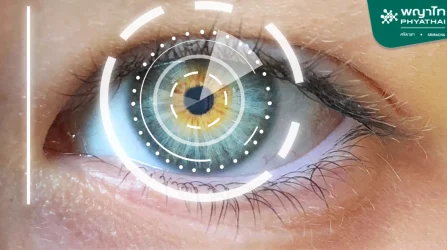It cannot be denied that having a good facial appearance contributes to our self-confidence and leaves a lasting impression on others. The smile is the window to our face, and we can smile confidently when we have beautiful and healthy teeth. The method that helps achieve beautiful and healthy teeth is orthodontics.
For further information or Booking..
Not only about aesthetics, but also addressing dental issues
Many people may think that orthodontics is a trend popular among teenagers. However, orthodontics is actually a branch of dentistry that helps address problems for those with abnormalities in tooth alignment, overbites, overlapping teeth, protruding teeth, as well as abnormalities related to tooth size and jaw. Orthodontics helps move the teeth to the correct and appropriate positions, improves alignment, facilitates better chewing of food, and reduces problems such as tooth decay or gum disease that may arise from inadequate cleaning due to misaligned teeth. Orthodontics… not only improves dental and oral health but also enhances our overall appearance.
What are the different types of orthodontic treatment?
Fixed orthodontic treatment is the most popular method, using braces attached to each tooth with a special adhesive bracket and wire. These tools exert pressure on the teeth, causing them to move in the desired direction. Adjustments are made every 4-6 weeks to ensure the teeth move in the appropriate direction.
Removable orthodontic treatment is an alternative for those who do not wish to undergo permanent braces. The cost of this method is higher, and the material used is clear plastic, custom-made to fit over the teeth. It is not noticeable when worn and can be removed when necessary, such as during meals, tooth brushing, or using dental floss. The same results can be achieved, and the tools can be changed every 2-3 weeks without the need for a dentist visit. However, the dentist may schedule follow-up appointments every 3-6 months to monitor the progress and adjust the treatment plan accordingly.
How long does orthodontic treatment take?
Orthodontic treatment with braces typically takes about 1-3 years. However, the duration can vary depending on the severity of the dental issues. In some cases, it may take longer, depending on the specific problems and the patient’s cooperation. For example, maintaining good oral hygiene, avoiding tool breakage, following the orthodontist’s recommendations such as using elastics, and regularly visiting the orthodontist.
What preparations are required before getting braces?
Before starting orthodontic treatment, a dentist will usually take a dental history, examine the teeth, jaws, and facial structure. If there are cavities, they need to be filled, and the teeth should be cleaned to remove plaque and tartar. If there is gum disease, it should be treated and brought under control before starting orthodontic treatment. Afterward, X-rays will be taken to assess the position of the jawbones, facial bone structure, and the relationship of the upper and lower teeth. Once the X-ray results are obtained, the dentist will create dental impressions using plaster or a digital scanner. These impressions will help in evaluating the treatment plan, including the duration, cost, and expected outcomes of the orthodontic treatment.
At what age can braces be worn?
Normally, the last baby teeth usually fall out around the age of 12, which is an appropriate time for orthodontic treatment. This is assuming there are no issues related to jawbone development. By this age, the permanent teeth have erupted (excluding third molars, commonly called “wisdom teeth”). However, for adults with good dental, gum, and bone health, braces can be worn if the teeth and supporting structures are strong enough. It is important to note that tooth movement is slower in adults compared to children, and there is a higher risk of gum problems.
Not just straight teeth, but also aesthetic benefits
Orthodontic treatment does not only result in straighter teeth, improved bite, or increased confidence when smiling or speaking. It can also contribute to a more attractive facial appearance. This is because orthodontic treatment involves adjusting the teeth, whether through extraction, jawbone shaping, or aligning overlapping teeth. These adjustments can lead to changes in facial features. For example, a person with a round face and prominent cheeks can achieve a more tapered face with reduced cheeks, defined jawline, and enhanced nasal visibility.
Orthodontics is not facial surgery
It is true that orthodontic treatment can change the appearance of the face, but it is not the same as undergoing facial surgery. Each person has a unique facial structure, so some may not notice any significant changes apart from having straighter teeth. However, others may experience changes in their facial structure, such as clearer jawlines or more defined noses. This is due to the transformation of the teeth.
For further information or Booking..






















